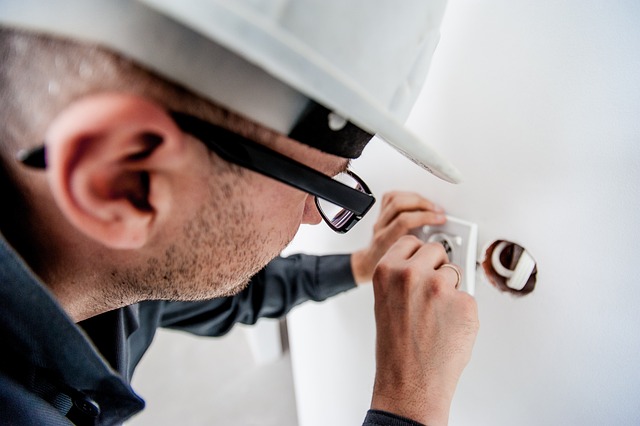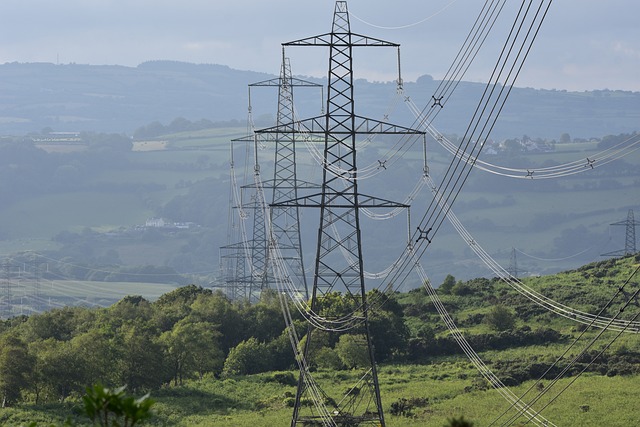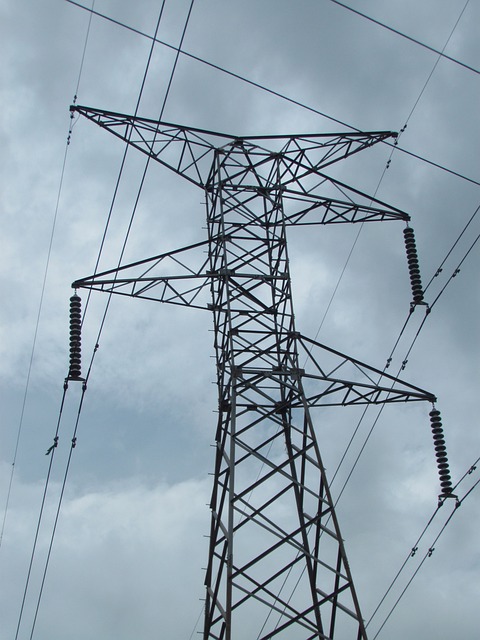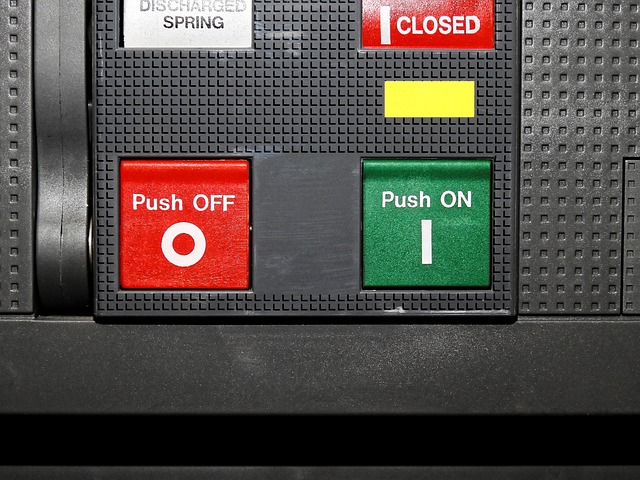Electricians have evolved beyond traditional wiring tasks to become integral collaborators in lighting design for both residential and commercial spaces. They are responsible for creating ambiances with functional and aesthetically pleasing lighting setups that adhere to safety standards, comply with regulations, and incorporate energy-efficient technologies. Their role is multifaceted, involving the precise calculation of light levels, fixture placement, and integration of smart systems such as dimmers, motion sensors, and LED lighting. These professionals ensure optimal illumination while considering the interplay between natural and artificial light, making them indispensable for effective lighting solutions that are both adaptive and energy-conscious. In homes, electricians strategically position fixtures to enhance visibility for various tasks, while in commercial settings, they tailor lighting plans to suit activities and the available natural light. The adoption of smart lighting systems allows for remote control and customization, providing energy savings and improved security through features like adaptive learning capabilities. Electricians are at the forefront of this transformation, ensuring that lighting designs are not only beautiful but also sustainable, contributing to cost savings and a reduced environmental footprint. Their expertise in modern lighting technologies underscores their critical role in the field of sustainable design.
Illuminate your space with precision and efficiency through expert lighting design. Our comprehensive guide delves into the pivotal role of electricians in crafting bespoke illumination plans, assessing spatial needs for optimal lighting, integrating cutting-edge technologies, and customizing solutions that prioritize energy savings. Elevate the ambiance and functionality of your home or business with insights drawn from the frontlines of lighting innovation.
- Understanding the Role of an Electrician in Lighting Design
- Assessing Space Requirements for Effective Illumination
- Integrating Advanced Lighting Technologies for Home or Business Use
- Customizing Lighting Solutions with Energy Efficiency in Mind
Understanding the Role of an Electrician in Lighting Design

When embarking on a lighting design project for either a home or business, the expertise of an electrician plays a pivotal role. These professionals are not merely wiring experts; they are integral to ensuring that lighting solutions are both functional and aesthetic. An electrician’s understanding of electrical systems, safety regulations, and the latest in lighting technology is crucial for the seamless integration of lighting fixtures. They work closely with designers and architects to select the appropriate luminaires, calculate light levels, and determine the placement of each light source to achieve the desired ambiance and functionality. Their involvement from the initial planning stages to the final installation ensures that all components are correctly positioned and connected, adhering to building codes and energy efficiency standards. This collaboration between design and technical expertise results in optimal illumination, enhancing both the aesthetics of a space and its usability for its intended purpose.
The electrician’s role extends beyond mere installation; they also provide valuable input on the selection of lighting systems that can adapt to changing needs or environments. Their knowledge of smart lighting solutions, dimmers, and motion sensors not only contributes to energy conservation but also creates a flexible lighting environment that can be easily modified over time. By considering factors such as the natural light available, the electrician ensures that artificial lighting complements rather than competes with daylight, leading to a harmonious and efficient lighting plan. This holistic approach to lighting design is where an electrician’s skills become evident, ensuring that every flick of a switch delivers the intended level of brightness and mood setting, making them indispensable in the realm of effective lighting solutions.
Assessing Space Requirements for Effective Illumination

When crafting lighting plans that ensure optimal illumination for both homes and businesses, the first step is to meticulously assess the space requirements. An experienced electrician understands that each area has unique needs based on its dimensions, purpose, and the activities it will host. For residential settings, this involves evaluating the size of rooms, identifying areas that require task lighting—such as kitchen counters or reading nooks—and determining the best fixture placement for general lighting. In commercial spaces, the electrician must consider factors like foot traffic patterns, visual tasks performed by employees or customers, and the overall flow of movement within the area. They take into account the natural light available through windows and the position of these windows relative to the interior space. By conducting thorough measurements and considering the functional use of each room or zone, electricians can select the appropriate lighting types, from ambient to task lighting, ensuring that every corner is well-lit without causing glare or unnecessary energy consumption. This precise approach not only enhances visibility and comfort but also contributes to energy efficiency and cost savings. It’s a process that combines technical knowledge with an understanding of human behavior and the practical aspects of daily life.
Integrating Advanced Lighting Technologies for Home or Business Use

Integrating advanced lighting technologies into homes and businesses can significantly enhance both aesthetics and functionality. For homeowners, smart LED lighting systems offer a seamless blend of ambiance and energy efficiency, allowing for customizable color temperatures and adjustable brightness to match the time of day or the specific mood desired. These systems often come with smartphone apps or voice-controlled assistants like Siri or Alexa, providing homeowners with the convenience of controlling lights remotely or setting schedules that mimic occupancy, which is not only user-friendly but also deters potential intruders.
In a commercial setting, the integration of advanced lighting technologies is as much about creating an optimal environment for productivity and customer experience as it is about energy management. Electricians specializing in these systems can install sophisticated lighting solutions that respond to occupancy or natural daylight, ensuring that light levels are always optimal without wasting energy. For instance, motion-sensing lights can automatically adjust when an area becomes active, saving energy in unoccupied spaces while maintaining illumination where it’s needed most. Additionally, the use of intelligent lighting systems with adaptive learning capabilities can analyze usage patterns and further optimize energy consumption over time. These systems not only contribute to reducing operational costs but also demonstrate a commitment to sustainability, which can be a key differentiator for businesses in today’s environmentally conscious market.
Customizing Lighting Solutions with Energy Efficiency in Mind

When crafting lighting plans for homes or businesses, customization and energy efficiency are key components that ensure optimal illumination while minimizing environmental impact. An electrician plays a pivotal role in this process, as they possess both the technical expertise and the understanding of the latest energy-efficient technologies. By assessing the unique needs and features of each space, an electrician can design a lighting solution that not only enhances visibility but also incorporates LED or smart lighting systems, which are significantly more energy-efficient than traditional incandescent bulbs. These solutions not only reduce electricity consumption but also extend the lifespan of the lighting fixtures, leading to long-term cost savings for homeowners and business owners alike.
The integration of energy-efficient options such as motion sensors, dimmers, and timers further augments the benefits of a well-designed lighting plan. These features allow users to adjust brightness according to the time of day or occupancy, ensuring that lights are used only when necessary. An electrician can install these smart controls, which contribute to a reduction in energy use without compromising on the quality of light or the functionality of the space. By prioritizing energy efficiency and customization, lighting plans not only promote sustainability but also create environments that are both comfortable and conducive to the activities taking place within them.
In wrapping up our exploration of lighting design, it’s clear that a well-planned illumination strategy is crucial for both home and business environments. An electrician plays a pivotal role in this process, ensuring that the chosen designs not only enhance aesthetics but also meet functional requirements. By carefully assessing space needs and integrating advanced lighting technologies tailored to energy efficiency, these professionals deliver bespoke solutions that optimize both ambiance and cost savings. Homeowners and business owners alike can reap the benefits of expertly designed lighting plans, creating spaces that are not only visually appealing but also conducive to productivity and comfort.
